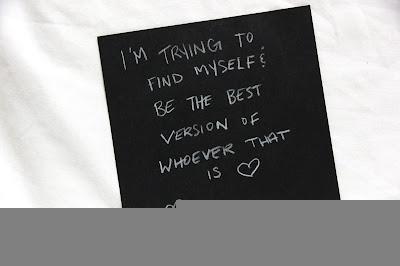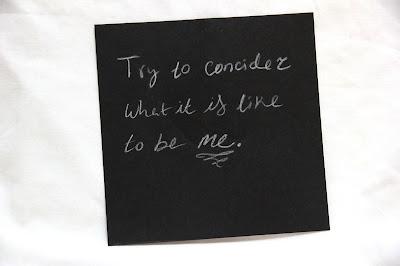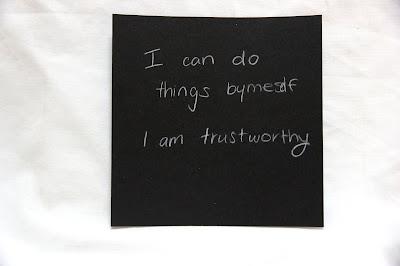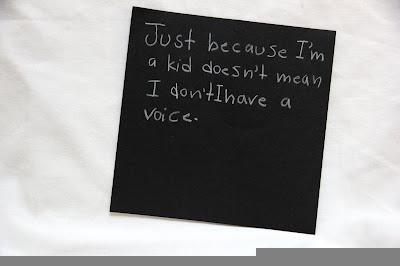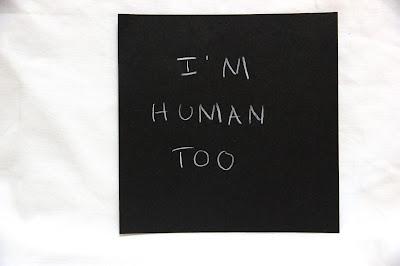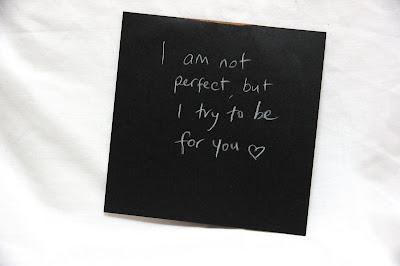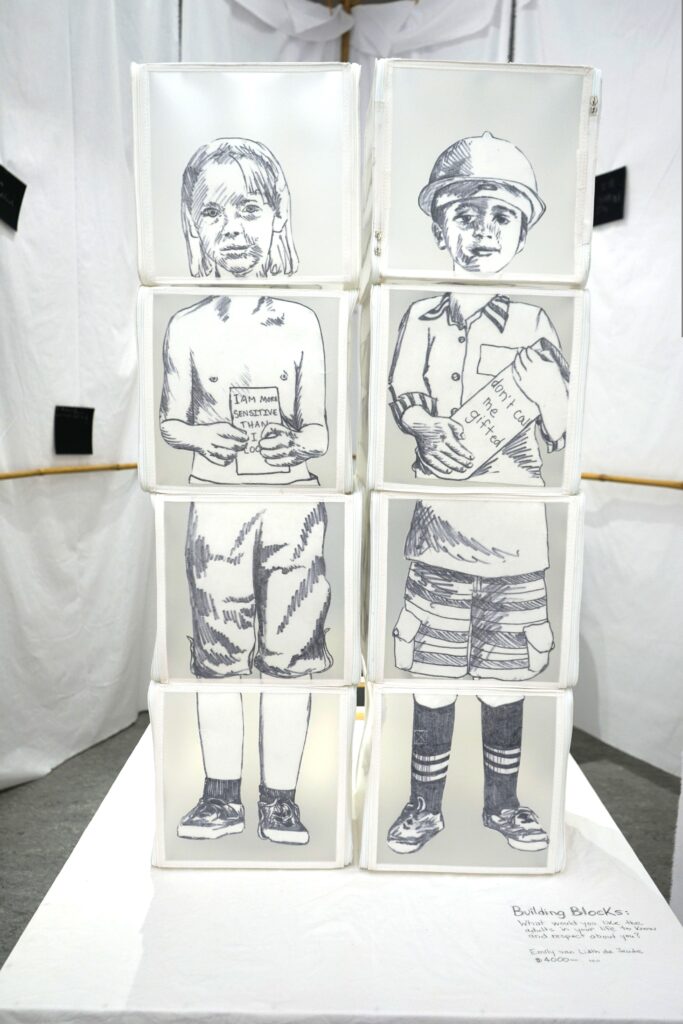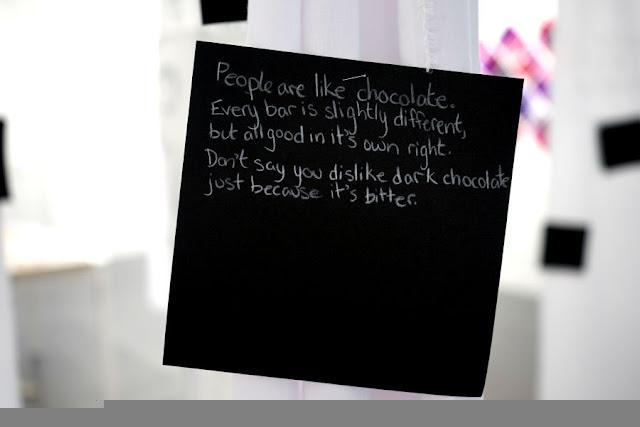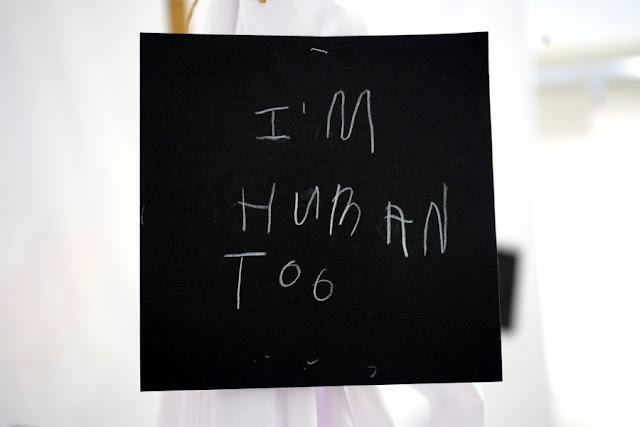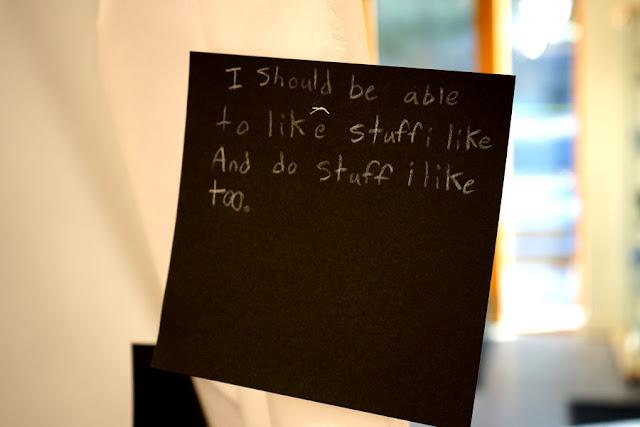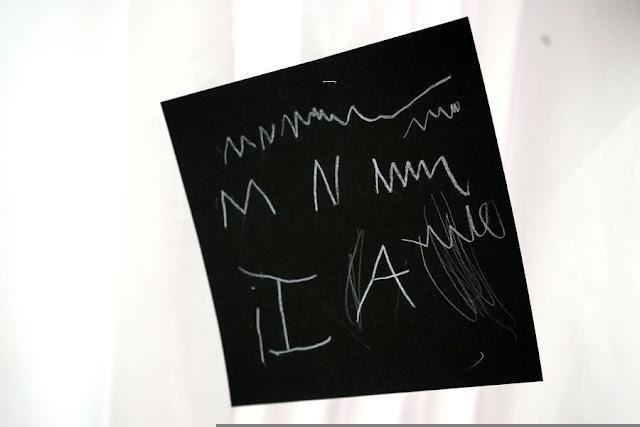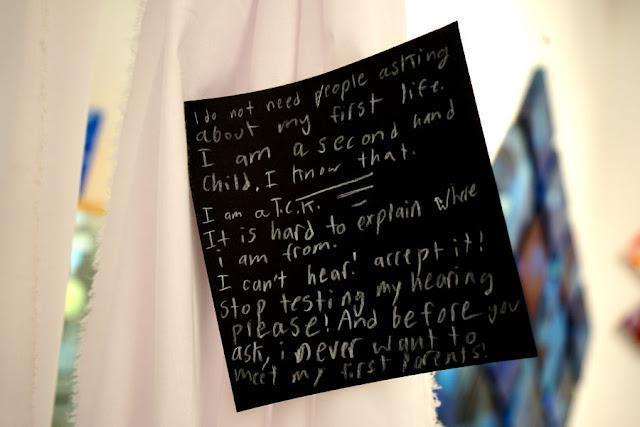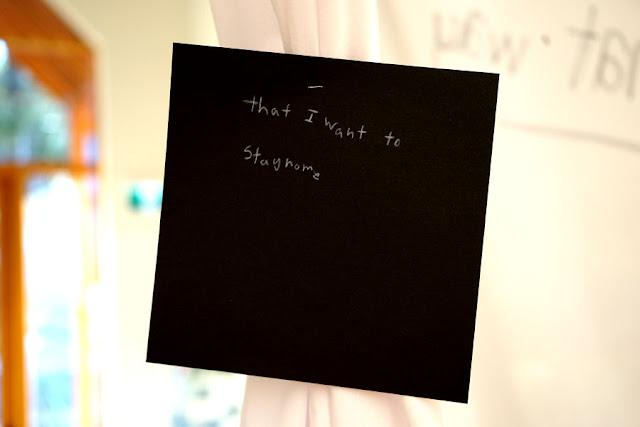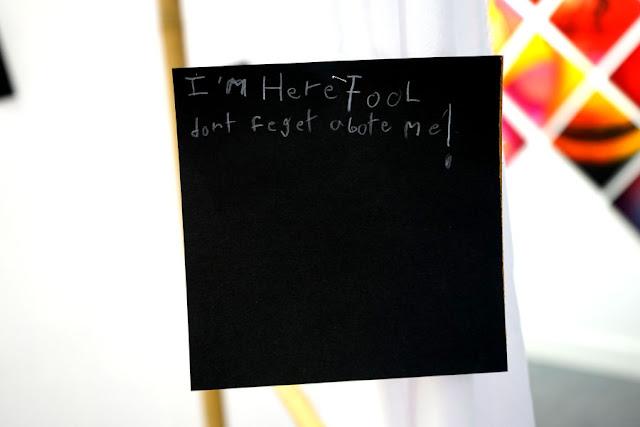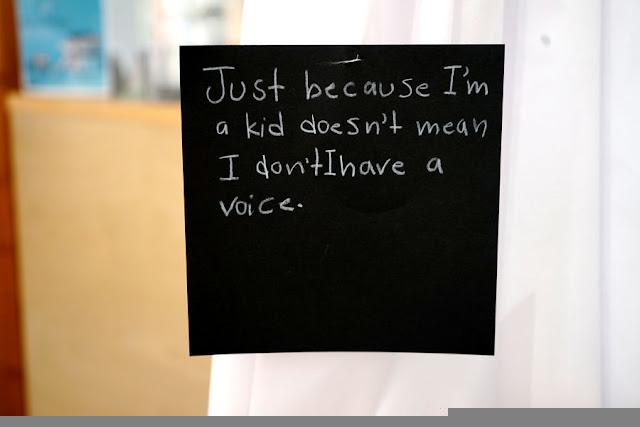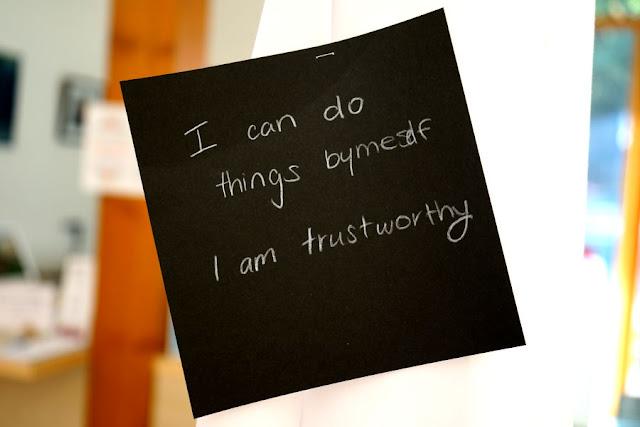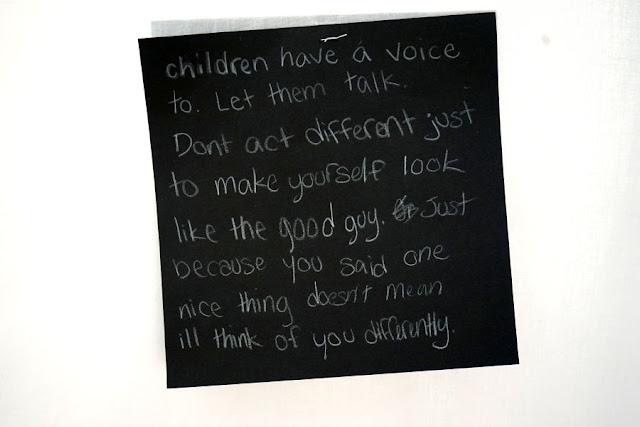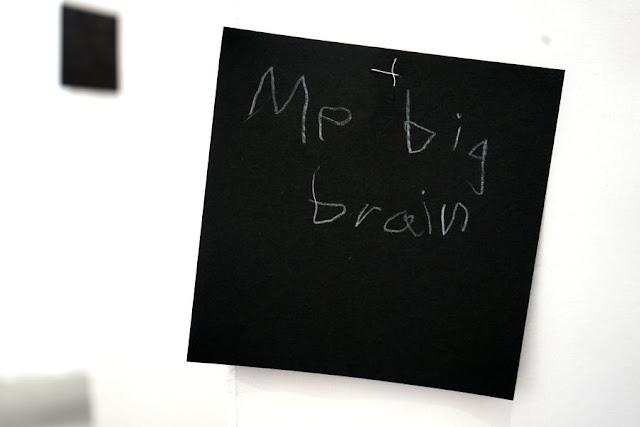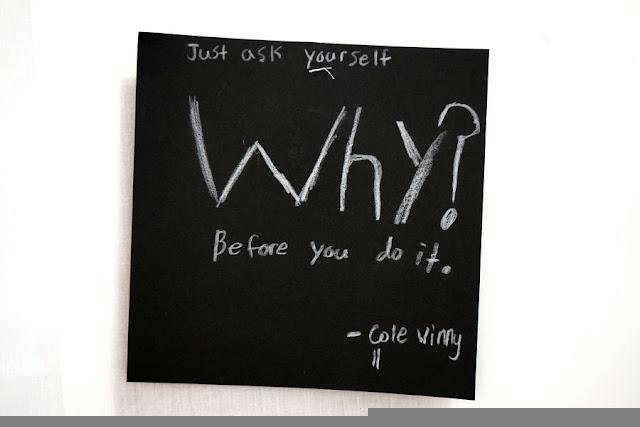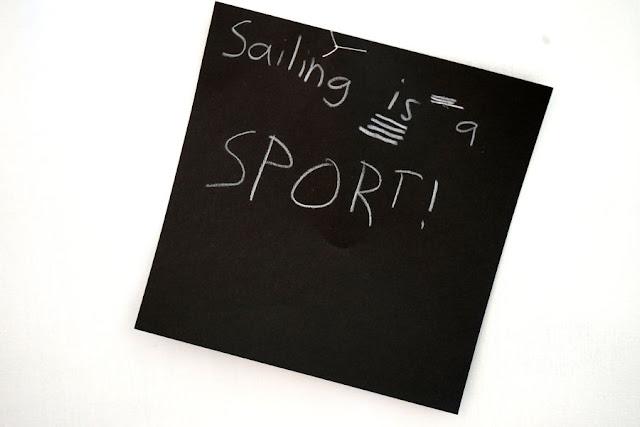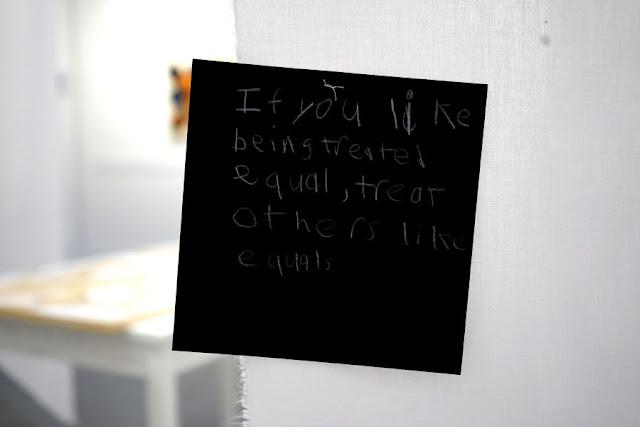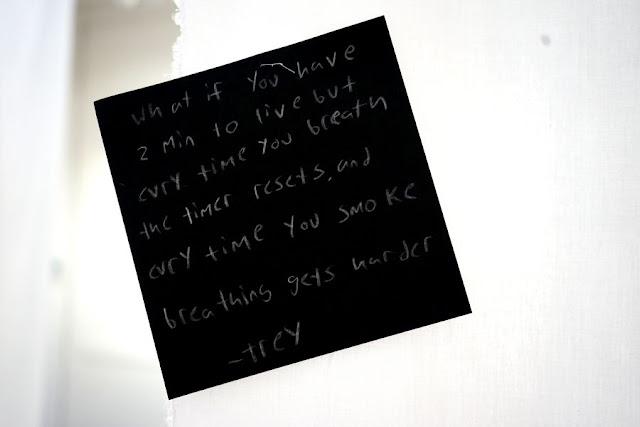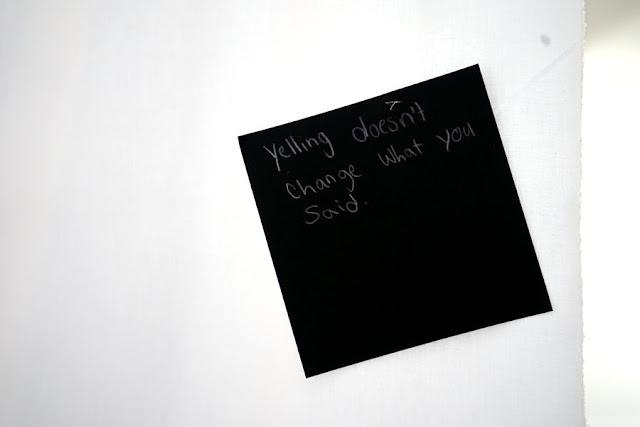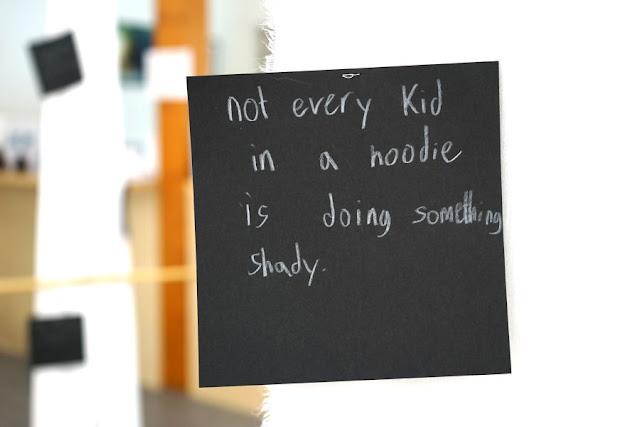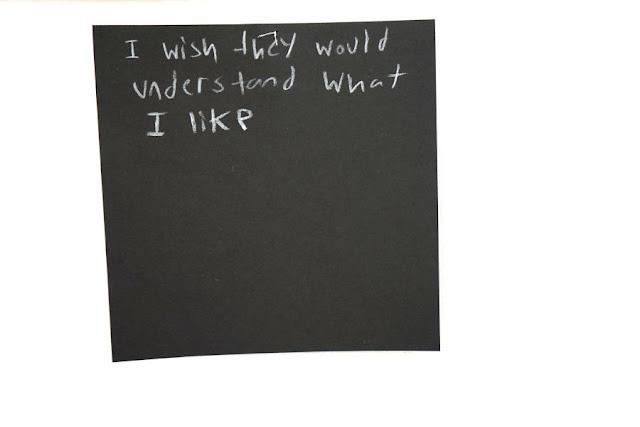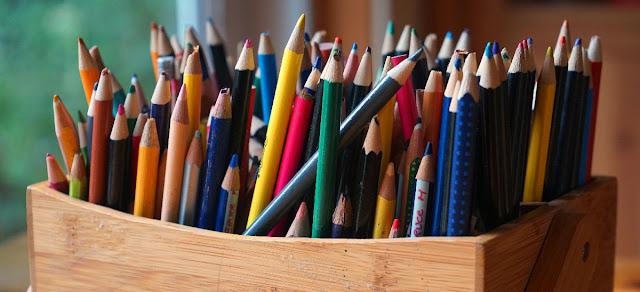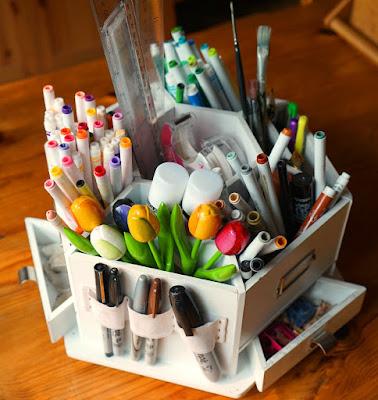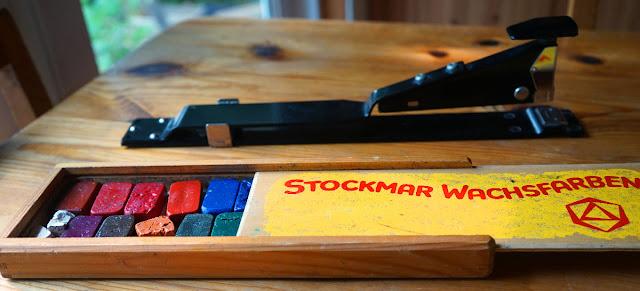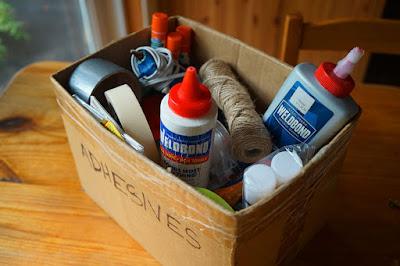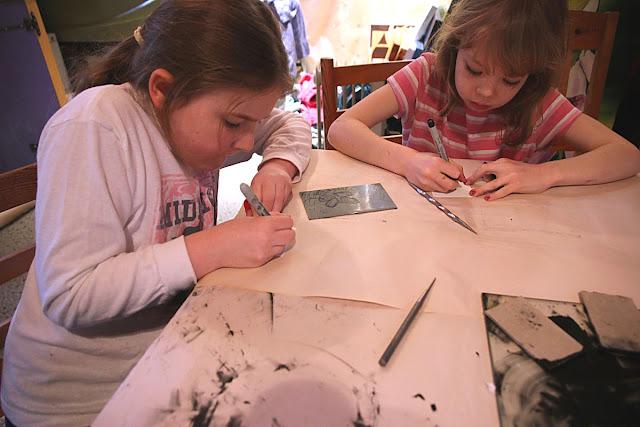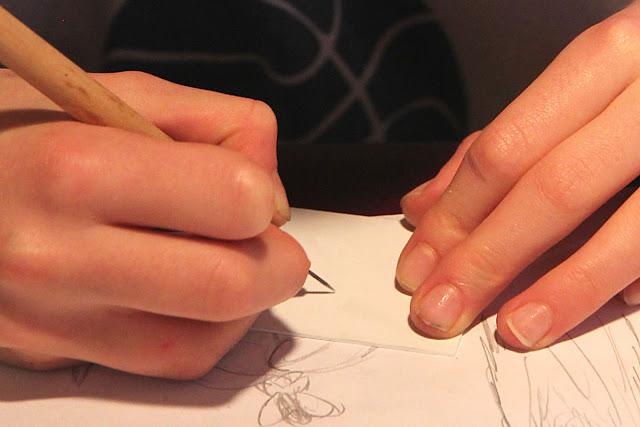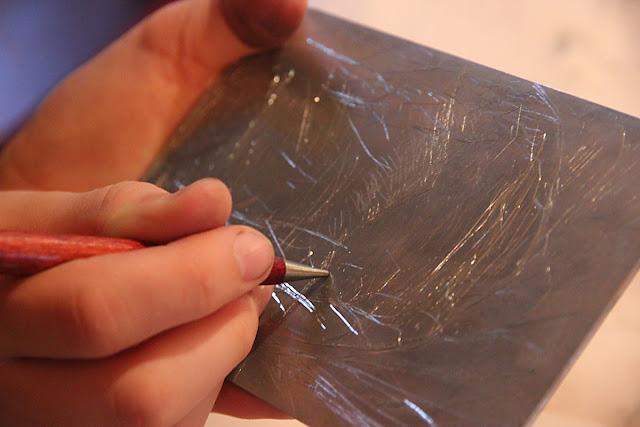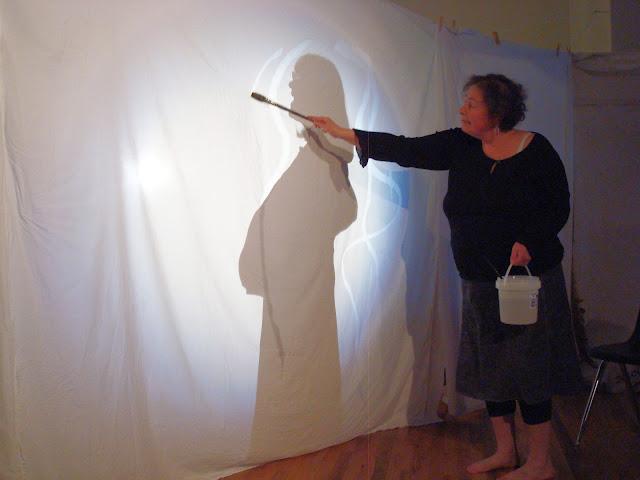
As a teen, I never really thought about becoming a mother. Finding the elusive “true love” — yes! But not kids. I was going to find a man who was supportive of my political views (and would understand there is nothing actually “political” about equal rights), and spend my life busting up the patriarchy with gusto! Through the amazing art career I had planned, I was going to save us from climate change AND our degrading societal norms, by showing the world what absolute tools for the patriarchy we’ve been, and getting us out from under the shoe of the Man. Yeah.
So… that didn’t go quite as planned. My man was not unsupportive, he was just mild-mannered and uninterested in the big angry mission I was on. But he loved me. And also: hormones. Somehow my hormones side-swiped my passionate goals, so that suddenly, and for a few years, there was nothing more important to me than having babies. (My teenaged self gets whiplash here: HUH?!) So I had my baby, and determined when he was nearly two that it was time to go back to my career… or have another baby. I chose that latter. The timing of this choice coincided with our first child’s registration for preschool.
Preschool is such a wonderful thing! These devoted people take our kids so we can go back to the work of tearing down the patriarchy! My mother in law tells of the glorious day she left both children at preschool, and walked away with her body upright for the first time in years! It’s the place you go to drop off your beloveds for a beautiful day of mind-building play and learning, and you — the newly freed mother — go back to your world-changing career!! YES!! (I was SO naive.)
In my case, the first two years of preschool were spent back and forth between nursing my youngest and tending to the eldest while he very slowly acclimated to a system that never worked for him: school. I said he acclimated. He never thrived. By the time my youngest entered preschool (where she absolutely did thrive), my job became accompanying my eldest to his Kindergarten, where he continued not to thrive.
It wasn’t a heartfelt thinking-through that led me to leave my career behind. It was just circumstance. I could never have left my son in that world that wasn’t serving him, and homeschool (unschooling, in our case), seemed like the best option. Nobody picks the second best option for their kids if they can help it. My husband and I rarely even talked about our life as a choice, and when we did, it was only that I apologized for not making any money, and that he reassured me my work with the children was equally important. I had found the equality I’d been fighting for: not in equal pay, but in being equally valued — at least by my partner.
Financially, staying home with my kids was certainly a sacrifice. On one income for the foreseeable future, we abandoned our dreams of owning our own home. We are incredibly lucky in being able to rent from my parents, which has meant we have a kind of home security unavailable to most renters, today. But it was a mouldy and rotten home, and has necessitated over a decade of my husband’s free weekends and vacation time spent rebuilding (he’s still not finished, actually). So we sacrificed free family time, as well. Of course all this meant that unlike many of our kids’ friends’ families, we rarely had money for vacations, new clothes, or sports and arts programs.
What we do have is an amazing attachment. That alone, and the benefits I knew it would have for my children’s lives, was enough to keep me home. It was enough to make every sacrifice of money, freedom, and career worthwhile. And I was so passionate about my work as a mother that it really became my life. I volunteered at various family-related organizations, served on and chaired various boards in my community, and founded and ran a few programs, all geared towards supporting healthy families in our community. I somehow never even saw the irony of becoming a stay-at-home-mom, after my passionately feminist youth, until people began pointing it out to me, as my kids grew older, and I continued staying home. It seems it’s reasonable for a feminist to have kids and attachment parent them, but then apparently one should put them in school and get back to work on smashing the patriarchy.
Well hold on! What if my work as a mother IS smashing the patriarchy?! Is feminism now relegated to single, childless women, or those who leave their kids in the care of others? What does that say about our respect for other women? Day-care workers and teachers are some of the forgotten sacrifices in this equation, disrespected in wages, benefits AND the mainstream feminist viewpoint. Like stay-at-home-mothers, they’re the people feminism blindly relies on to raise the next generation of feminists, while feminists are out doing “more important” things.
In the process of changing the world, there is NOTHING more powerful than raising children.
The way we raise our children determines how successful each generation of women will be at improving our lot. When caregivers aren’t valued as much as our economy values shareholders and industry-builders, we all lose. That goes for daycare staff, teachers, AND stay-at-home-mothers and homeschooling parents. Many stay-at-home-mothers are the volunteers in our communities who make the programs that support women and children.
And all that is not to ignore the unbelievable power of setting an example. As parents, we are the greatest teachers our children will ever have. When they’re sixty they’ll find themselves blindly doing what they saw us doing. There is no such thing as “do what I say, not what I do”… our children will always do what we do. So when they see us living powerful lives, when they see our partners respect us; when they see us respect ourselves, they will follow suit. And if we take in other children to care for, we’re influencing those children, too, and their children’s children. In everything from the choices we make in life, to the ways we speak to our children to the ways we glance at ourselves in the mirror, in passing, caregivers are POWERFUL. We’re the grease in the wheels of feminism. I argue, actually, that women who put down other women for choosing to stay home with children are just part of the blind patriarchy.
Without regular vacations, without owning a home, without being socially acceptable, I am privileged. I’m privileged to have watched my kids grow up; to have shared my own life with them, and to have grown alongside them. I’m privileged to have had opportunity to make a difference in my community, and to model that for my children, so that, as young adults, they’re now busy doing the same. I’m privileged to have developed a very close relationship with my kids.
The experience I’ve had in staying home with my kids and unschooling them is not available to all women: especially not to single mothers, or those with partners who are not supportive of the idea. Even as I now struggle to develop a career as a middle-aged woman with disability and not much documented work experience, I know how lucky I am to have lived the life I chose. My career has shifted from some-kind-of-subversive-artist to an artist that is deeply rooted in my own experience as a stay-at-home-feminist-mom. The first big installation I created was about giving voice to other mothers. Being a parent has given me a perspective on humanity that was deeply needed for my art-making, but not available to me until I’d had the experiences I have.
I didn’t trade my values and career for having children; I traded my early career for the extremely powerful, feminist privilege of parenting my children, full-on. Or, to shift the focus a little, I am using my chosen experience as a stay-at-home-feminist-mom to build a stronger foundation for my career, and thus hopefully to smash the patriarchy, even harder.
Originally published in January, 2022.

